Why Do Adolescents Think Cartoons Are Funny
Why Do Teens Love Cartoons?
Many of us have fond memories of the cartoons we watched as a child. Their fun characters, colorful art, and lively animation linger in our memories as we grow up. For many, cartoons are something once enjoyable that they've grown out of. However, many animated shows have managed to gain large fan followings of teens and young adults despite the widely-held belief that cartoons are just for kids. What is it about cartoons, and h ow they have evolved that appeals to older generations? WLHS Freshman Apollo-Elias Ceasar cosplaying(from left to right) Bill Cipher from Gravity Falls, Kenny from South Park, and Prince Gumball from Adventure Time. Taken from instagram account @momotavevo with permission from the owner. In the introduction to Vanity Fair magazine's list of the thirty best animated shows since The Simpsons , the article states that the cartoons they believ ed to be the best have a wide variety of characters, art styles, settings, and themes, from wimpy kids or alcoholic adults, from light hearted comedies to profound dramas. The article believes this is what makes cartoons appeal to audiences from "young children to geeky adults—and often, the best stuff does both." The history of animation is defined by experimentation, according to the PBS website Make 'Em Laugh. Early Disney films that got public attention strived for realism, like Snow White , which traced over real life actors to make the art and movement more realistic, a technique called rotoscoping. Other animators soon began to experiment with more simplistic animation styles closer to a Bugs Bunny short, with flatter, more two-dimensional characters and movements meant less to look realistic and more to be cheap and easy to animate. Years later, Cartoon Network arrived and began running more goofy, lighthearted shows like the Powerpuff Girls , f ollowing a colorful and bubbly trio of superpower kindergarteners fighting off evildoers. At the same tim e, MTV ran more risqué shows like Beavis and Butthead , which focused on two crudely drawn teenage delinquents and incorporated a lot of scatological and sex comedy. Animation had wildly expanded its range in art styles, humor, stories, and setting, and this broad range persists to this day. This variety still exists in modern cartoons, and has allowed many watchers to find something that appeals to them. Jackson Sanchez-Lopez, a sophomore at Wilde Lake, has always loved "funny, kind of mysterious shows," like Gravity Falls , a show that is able to balance the comedic antics of the main characters, Dipper and Mabel, with as the protagonist's tense battle against against otherworldly evils. Grace Allen, a freshman, prefers cartoons that are "light and comedic," like Star vs. the Forces of Evil , which features a cheerful princess from another dimension who fights evil with a magic wand that creates brightly colored spells of flaming rainbows and puppies shooting lasers from their eyes. The extensive assortment of shows also provides them with relatable characters, shown by Lopez relating more to the awkwardness of the cast of South Park and Allen relating to the more outgoing nature of Star of Star vs. the Forces Of Evil and Mabel of Gravity Falls . The many worlds cartoons are able to explore means anyone of any age can find a world that interests them, or a character they can relate to. As Allen explained, cartoons disconnect from reality, and allows people to "imagine beyond their life, world, or dimension and explore other places." 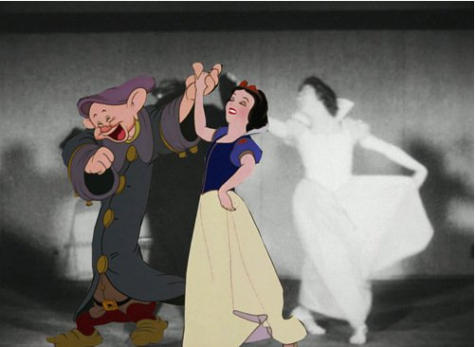
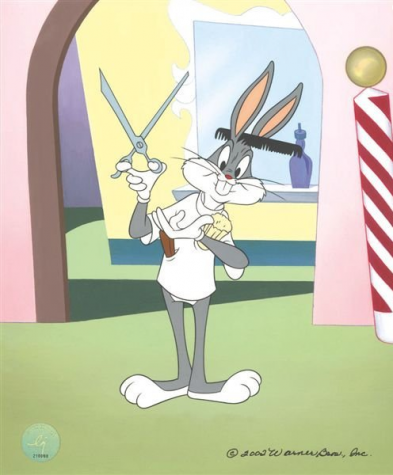
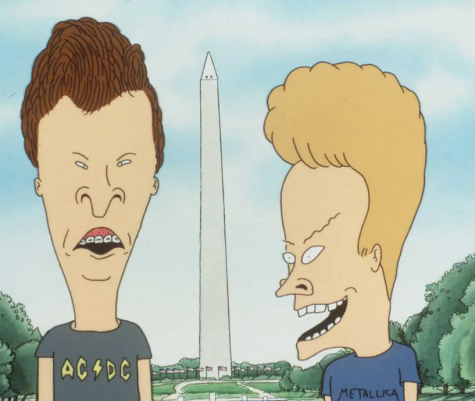
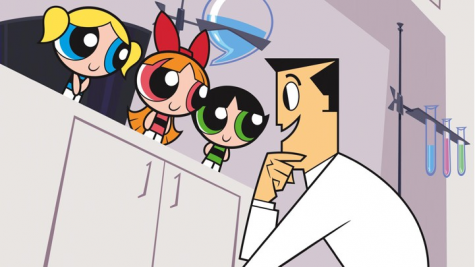
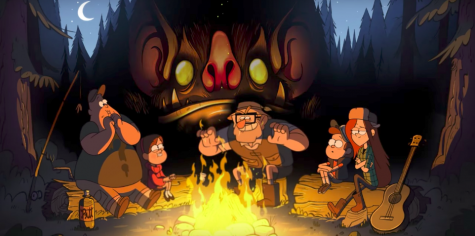
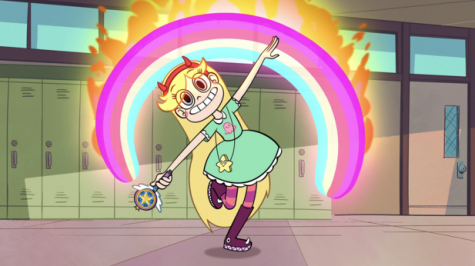
Source: https://wlhspawprint.com/3745/features/why-do-teens-love-cartoons/
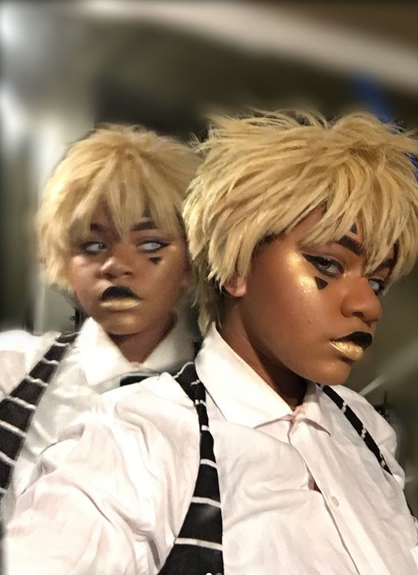
0 Response to "Why Do Adolescents Think Cartoons Are Funny"
Post a Comment